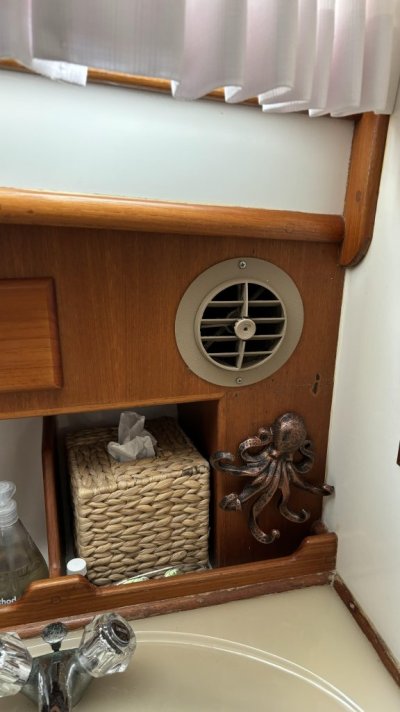Gypsymagic
Veteran Member
- Joined
- Aug 24, 2011
- Messages
- 52
- Vessel Make
- 1996 Grand Banks 42 Classic
When I purchased the GB 42 C It did not have an AC in the forward cabin. Now cruising in Florida I’ll need one. Any suggestions of installation locations using a self contained unit and what BTU are needed? Can you vent it to the forward head? Etc.
Thanks
Thanks

